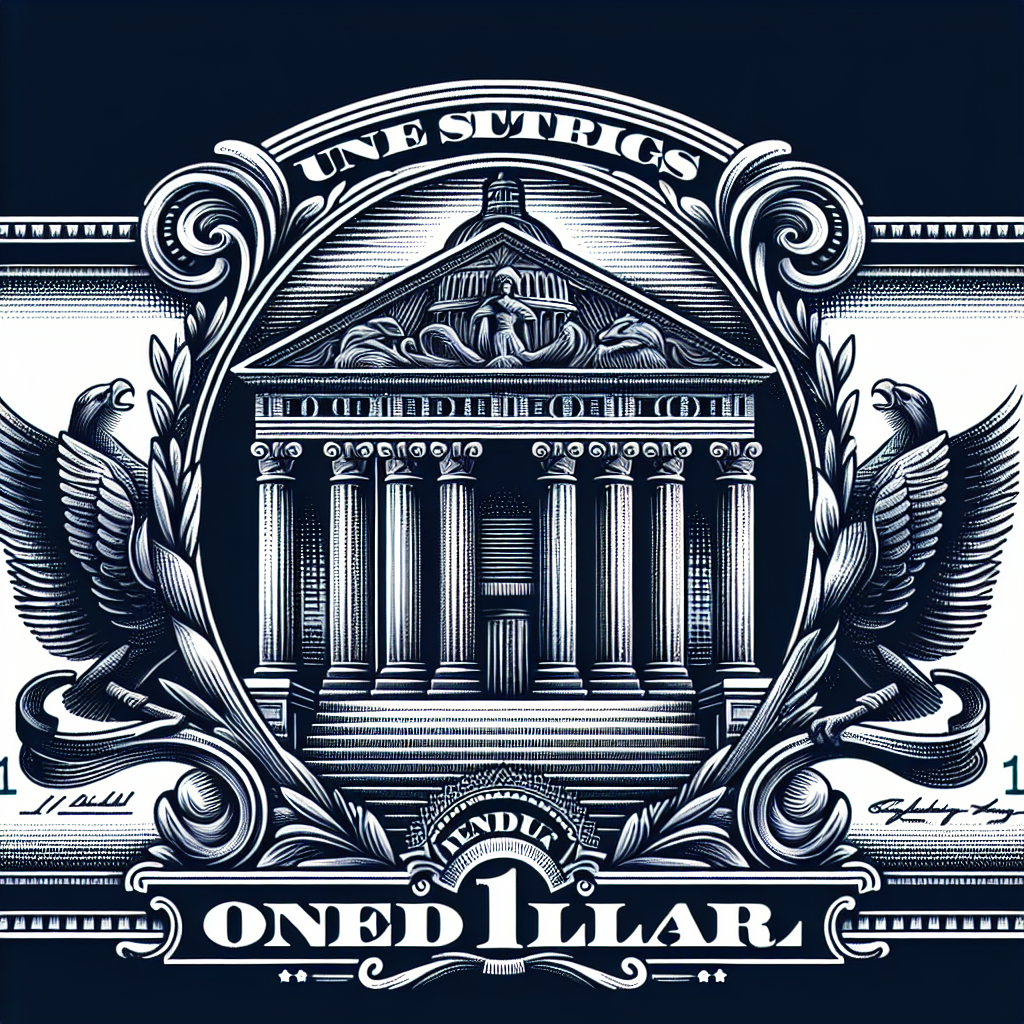Currency Shifts Amid Tariff Talks and Central Bank Strategies
The dollar recovered slightly but faced its largest weekly decline in a month due to ongoing U.S. tariff negotiations and anticipated central bank meetings. While the BOJ and the Fed are expected to maintain rates, discussions around potential hikes or cuts continue amidst tariff impacts and global trade scenarios.

The dollar edged off two-week lows on Friday, nearing its largest weekly drop in a month. This movement comes as investors navigate U.S. tariff negotiations with a crucial deadline approaching, all while eyeing central bank meetings scheduled for the following week.
While both the U.S. Federal Reserve and the Bank of Japan are likely to hold rates at these upcoming meetings, market analysts remain focused on any accompanying statements for indications on future rate moves. Signs of potential rate hikes from the BOJ surfaced following a tariff-reducing trade agreement with the U.S., yet any hikes are contingent on economic resilience amidst U.S. tariffs.
A Reuters poll reveals that economists mostly expect a BOJ rate hike this year, while the U.S. dollar index continues its decline. As the European Central Bank holds firm on its policy rate, market anticipation for U.S.-China trade talks grows, especially as Australian currency experiences a boost. Meanwhile, cryptocurrency values including Bitcoin and Ether saw declines.
(With inputs from agencies.)
ALSO READ
India's Cautionary Stand Against US 'MASALA' Trade Deals
EU and South Korea Scramble for Trade Deals Amid Trump's Tariff Threats
U.S. Inches Closer to Trade Deals with India and EU Amid Tense Negotiations
Trump Hints at New Trade Deals with Japan and India
Trade Deals Over Deadline: U.S. Treasury's Stand










